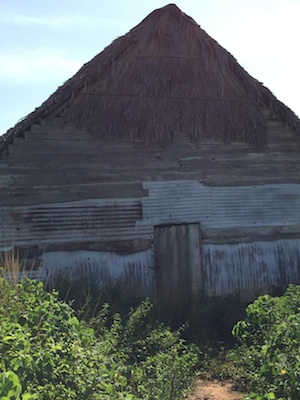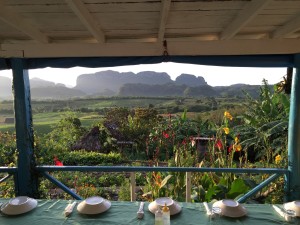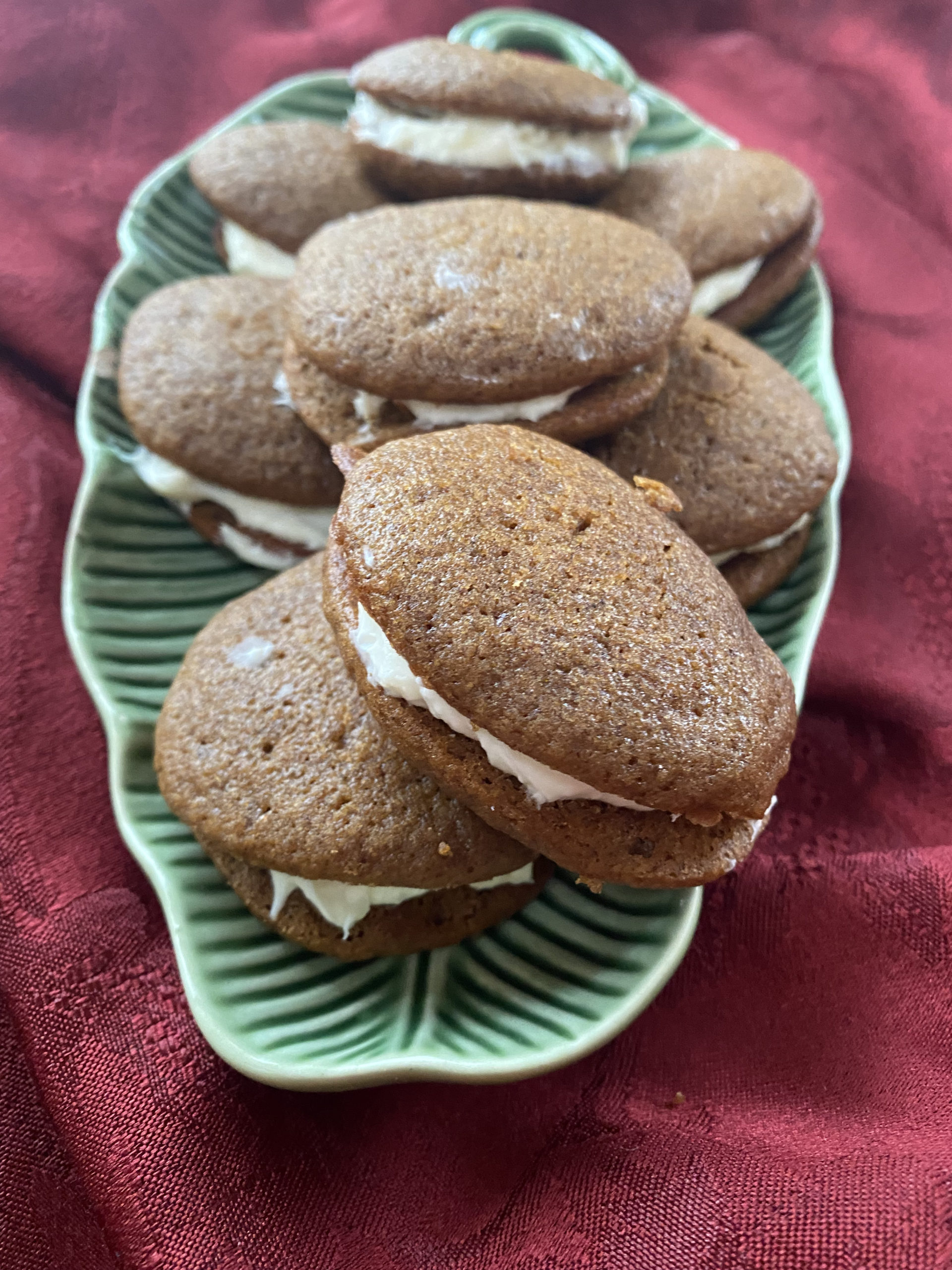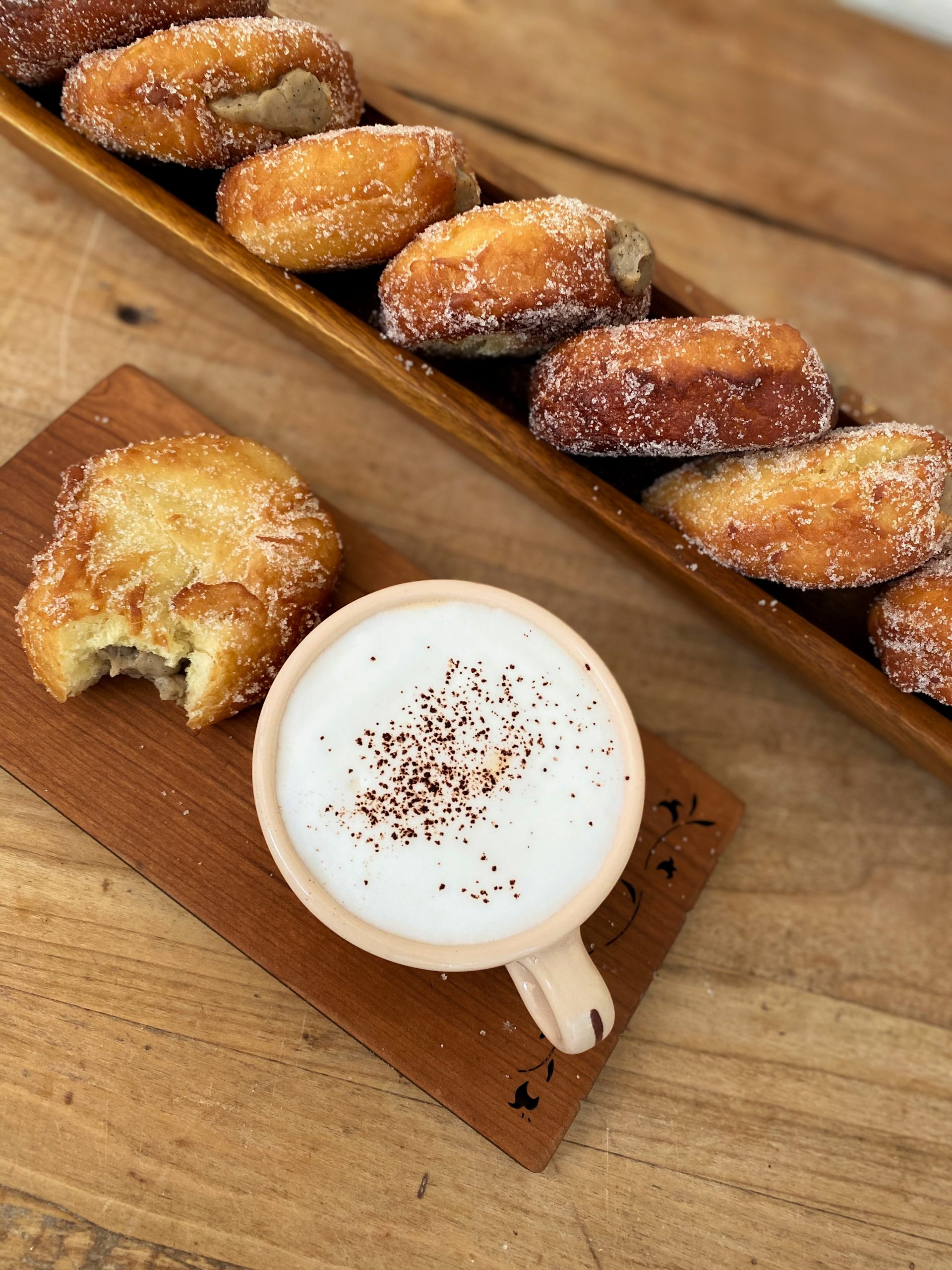
The bees were buzzing, the birds chirping, and the blur of the yellow and orange butterflies swooping to the flowers surrounded us as we made our way up the dirt path that inched closer to the steep-sided limestone mogotes that towered over us. We were in Valle de Viñales in the Piñar del Rio province of Cuba. For our latest adventure, we took a short hike from from the quaint bustle of town where tourists awaited bus rides to local attractions. Here on the path that made its way past thatched roof homes and barns, past horses and oxen-drawn carts, past turkeys and pigs, we had the opportunity to better understand the life of a Cuban farmer.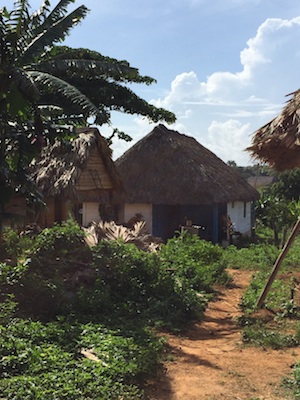
I have read that during the Special Period in Time of Peace – the economic crisis beginning in 1989 – there were severe shortages of essentials, such as fuel. This economic depression was so severe that even if they had money, there was nothing to purchase. It was a time that they turned to sustainable farming, simply because there was no money to buy the essentials. The practice of sustainable, organic farming is still prevalent across the country, and here in Viñales, it was quite evident.
It is land tilled mainly for tobacco, as evidenced by the pitched roof thatched barns used for drying tobacco. But, you can also find yucca, malanga, corn, and other staples of this region, all grown by traditional methods. Just a mile from downtown Viñales, where tourist picked up buses to visit the local caves, or go on hikes and other eco-adventures, we found ourselves transfixed by the beauty of this farmland and those who lived there.
We were surrounded by the abundant fields, teeming with insects, wildlife and food, but also the realization that these poor farmers lived a hard life, working the land, living in modest homes. We caught a glimpse of the way these farmer’s lived – simply, but seemingly happy, in a way that was in communion with the land. During our walk we were lucky to find Elena in her home, a small, dirt-floor building next to a barn filled with pigs and turkeys. She welcomed us in, and offered us a quick lesson on how to roll a cigar.
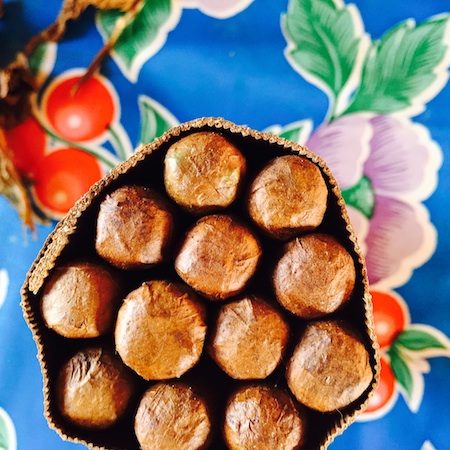
Our morning hike, coupled with the heat, left us tired, but filled with gratitude and humility for the experience we had just had. But that was just the beginning. Later that evening, we soaked in more of the abundance that Valle de Viñales had to offer – dinner at an organic farm.
El Paraiso is located just outside the center of Viñales. The finca is situated on a hill overlooking the Valle de Viñales in a family home that had been turned into a restaurant. It was a Monday in early August, not the typical tourist season, yet it was filled to the brim with tourists.
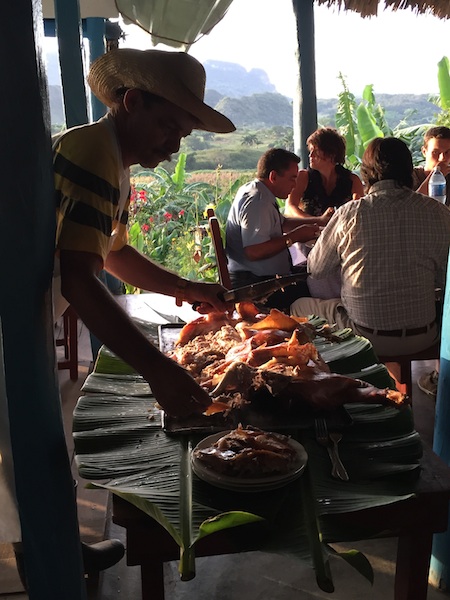 We settled in to a table near the pig that was being served up for dinner, and anxiously awaited our feeding frenzy to begin.
We settled in to a table near the pig that was being served up for dinner, and anxiously awaited our feeding frenzy to begin.
To start off, we enjoyed a typical drink made of pineapple juice and five medicinal herbs, blended together. We were offered to drink it as is, or with extra vitamin (i.e. rum) added to it.
Fresh, delicious and flavorful – my heart was happy as we were served plate after plate of pork, lamb, fried malanga, plantains filled with beef, salad, crab, squash, boiled potatoes, a kale salad, carrots, tomatoes, cucumbers, huge pickles, vegetable soup, green beans, pasta salad and fish. Yes, all that for just three of us (our friend and guide, Osvaldo, was with us). Of course, there was dessert – flan and some coffee.
Throughout the meal, I watched, Rachel, the owner, and her family move in and out of the kitchen, making sure everyone was served – always with a huge smile on her face, and occasionally stopping to chat. According to Rachel, this is the first organic farm in the area, having operated for the past 6 years. Ten percent of the food grown there was donated to the local kindergarten, homes for the elderly, and hostels. The rest of the county looks to this farm as an example.

Lazily eating dinner, we listened to the band, socialized, and soaked in all the love that emanated from this experience We left with our bellies stuffed and our hearts filled with happiness and hope – hope that this farm would truly be an example for others in the country.
Two days earlier, during our ride from Havana to Piñar del Rio, we passed mile after mile of farmland – much of it unused. Our cynical American minds could only think about how much of the landscape would be lost to development once trade was fully open with the U.S., or at least transformed to high-output farming, poultry feed lots, and the like.
What we experienced at that farm – and in the past few days in Viñales and Soroa – was an opportunity. The land was lush with plantation – trees, fruits, veggies and other farmland – our hope is that they could seize the opportunity to build upon their country’s natural resources and learn from the mistakes that have been made elsewhere when it comes to development (strip malls, fast food and growing food using pesticides, etc.)
In some aspects they may be far ahead of the US – they haven’t ruined all their land to development, buildings, commercialism, and soy. By default, and because of need, they chose organic agriculture, a sustainable way of living off the land. It appears as if from troubled times, some good has come of it.
Our hope is that the country, as trade relations open with the U.S., can hold off from the temptation of it all — the homogenization of culture — and hold fast to the things that truly make Cuba unique. By doing so, in my opinion, Cuba will shine in the eyes of the world.

